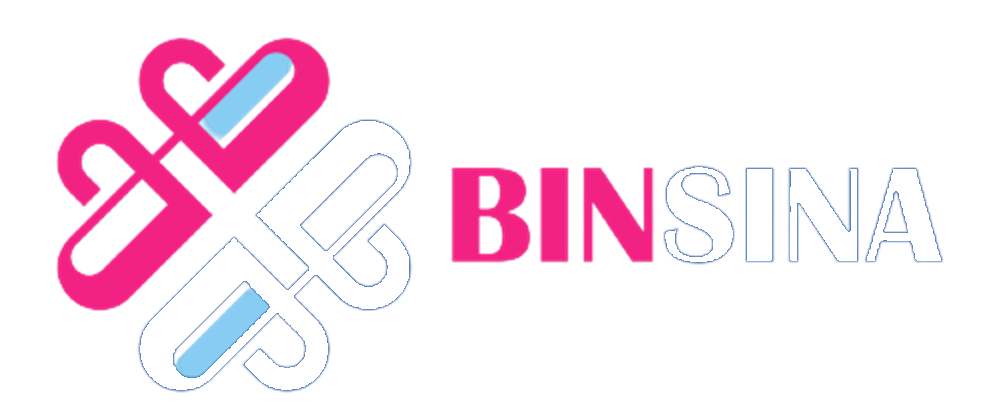What is juvenile idiopathic arthritis? Juvenile idiopathic arthritis (JIA) is a condition that can cause stiff or swollen joints, pain, and other symptoms in children. It used to be called “juvenile rheumatoid arthritis.” Arthritis is a medical term for inflammation of the joints.
There are several different types of this condition. They include:
●Systemic arthritis – This type happens when the body’s infection-fighting system, called the “immune system,” attacks the joints. It also causes a fever and rash. Children age 1 to 16 years can get systemic arthritis. It is just as common in boys as in girls.
●Polyarthritis – This type affects 5 or more joints after the child has it for 6 months. It is more common in girls than in boys. It is also called “polyarticular arthritis.”
●Oligoarthritis – This type affects less than 5 different joints after the child has it for 6 months. It is the most common type of juvenile arthritis. About half of children who have juvenile arthritis have this type. It is more common in girls, and usually starts at age 2 to 3 years. Children 10 years and older rarely get it. It is also called “oligoarticular arthritis” or “pauciarthritis.”
●Enthesitis-related arthritis – This type of arthritis most often affects the leg and back joints. It usually starts later in childhood. It is more common in boys than in girls. It is also called “spondyloarthropathy” or “spondyloarthritis.”
●Psoriatic arthritis – This type affects one to many joints. It also causes a rash and nail changes. Patients can have sausage-like swelling of fingers or toes (doctors call this “dactylitis”). It is more common in girls than boys. It is rare in children under 1 year of age.
What are the symptoms of juvenile idiopathic arthritis? Symptoms can include:
●Fever – Children who have systemic arthritis sometimes get a fever at the same time every day for 2 weeks or more. The fever can go away but come back around the same time the next day.
●Rash – Children who have systemic arthritis sometimes get a rash. The rash is made up of small pink patches. It can be easy to see when the child has a fever. The rash might go away when the fever goes down and start again when the fever comes back.
Children with psoriatic arthritis get a different type of rash. This rash looks like red, raised patches of skin that are sometimes covered by silver or white scales. The rash can be hard to see if it is in the joint creases, in the hairline, or behind the ears.
●Pain, stiffness, and swelling in the joints:
•The joint symptoms happen in all types of juvenile idiopathic arthritis.
•The joints affected depend on which type of arthritis the child has. Many types affect the wrists, elbows, knees, and ankles. But other joints can be affected, too, such as the hands and jaw. Enthesitis-related arthritis affects the back and hips.
•Arthritis sometimes happens in the same joint on both sides of the body. For example, it might happen in both knees or both wrists.
•Some children have a stiff or swollen joint that does not hurt. For example, a child might “walk funny” in the morning, but get better after a little while.
●Eye redness – This is usually painless, but the cause of the redness is a condition called “uveitis,” which can be serious. Uveitis can lead to vision loss, so make sure to mention this symptom to your child’s doctor.
Should my child see a doctor or nurse? If your child has a stiff, swollen, or painful joint, see a doctor or nurse.
Will my child need tests? Yes. The doctor or nurse will do an exam and ask about your child’s symptoms. Many other conditions cause symptoms similar to juvenile idiopathic arthritis. These include infections, cancer, and other diseases. The doctor or nurse can order blood tests to see your child has a different condition.
Children with juvenile idiopathic arthritis will also need to see an eye doctor to check for uveitis. Often, uveitis does not cause symptoms until it has damaged the eye. That’s why it’s important to get regular eye exams.
How is juvenile idiopathic arthritis treated? Treatments include:
●Medicines – Doctors use several different medicines to treat arthritis in children. These can help joint pain and stiffness. They can also treat fever, rash, and other symptoms. Medicines can include:
•Medicines called NSAIDs, such as ibuprofen (sample brand names: Advil, Motrin) and naproxen (sample brand name: Aleve)
•Medicines called disease-modifying antirheumatic drugs, or “DMARDs” – There are different DMARDs. Some are known as “biologics.” Depending on which medicines your child’s doctor prescribes, they might be given as a pill or liquid by mouth, as a shot that goes under the skin, or through an “IV” (a thin tube that goes into a vein).
Doctors might also recommend:
●Physical therapy, if the arthritis causes muscle problems
●Medicines to treat problems caused by the arthritis, such as uveitis or growth problems
●Surgery to fix problems caused by the arthritis, such as having one leg that is longer than the other
